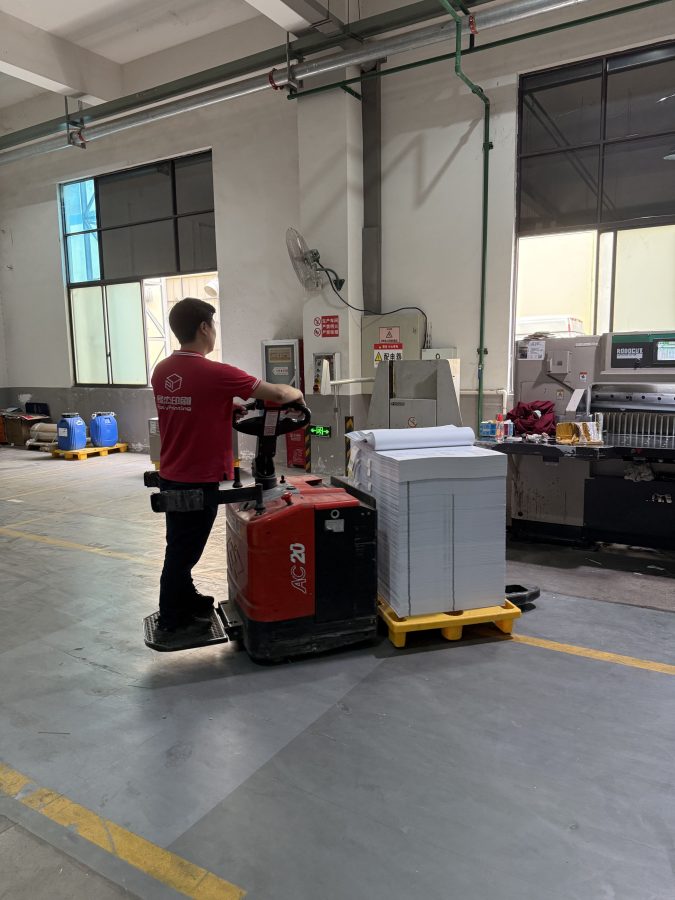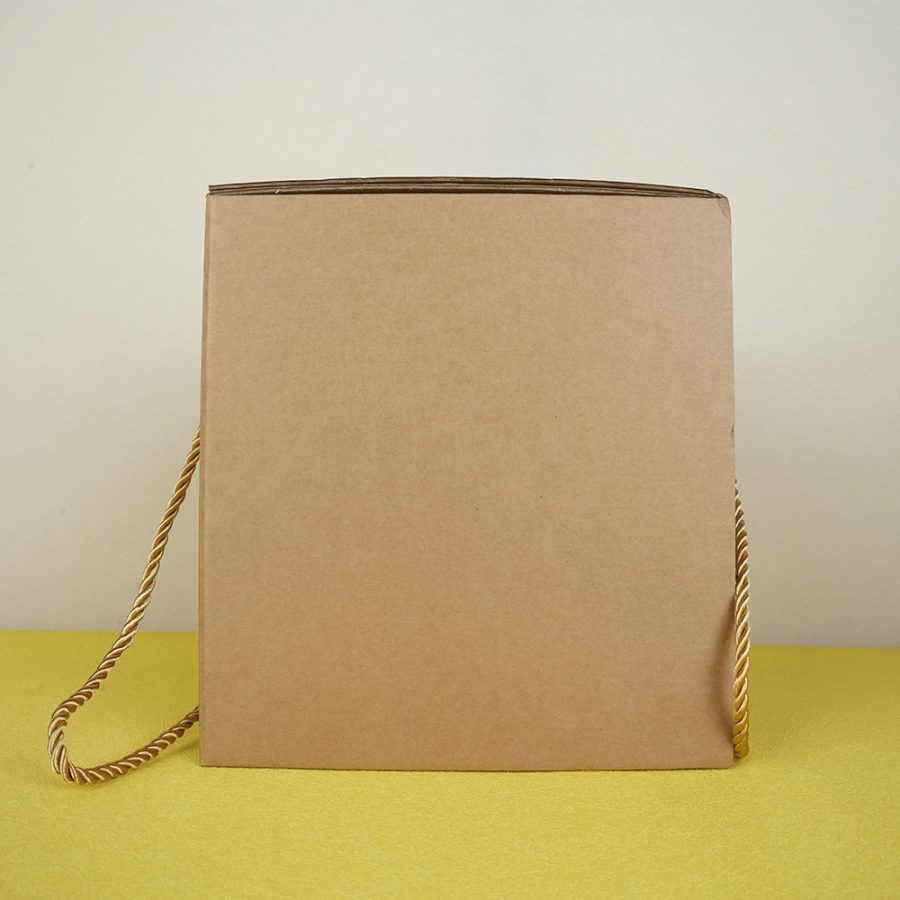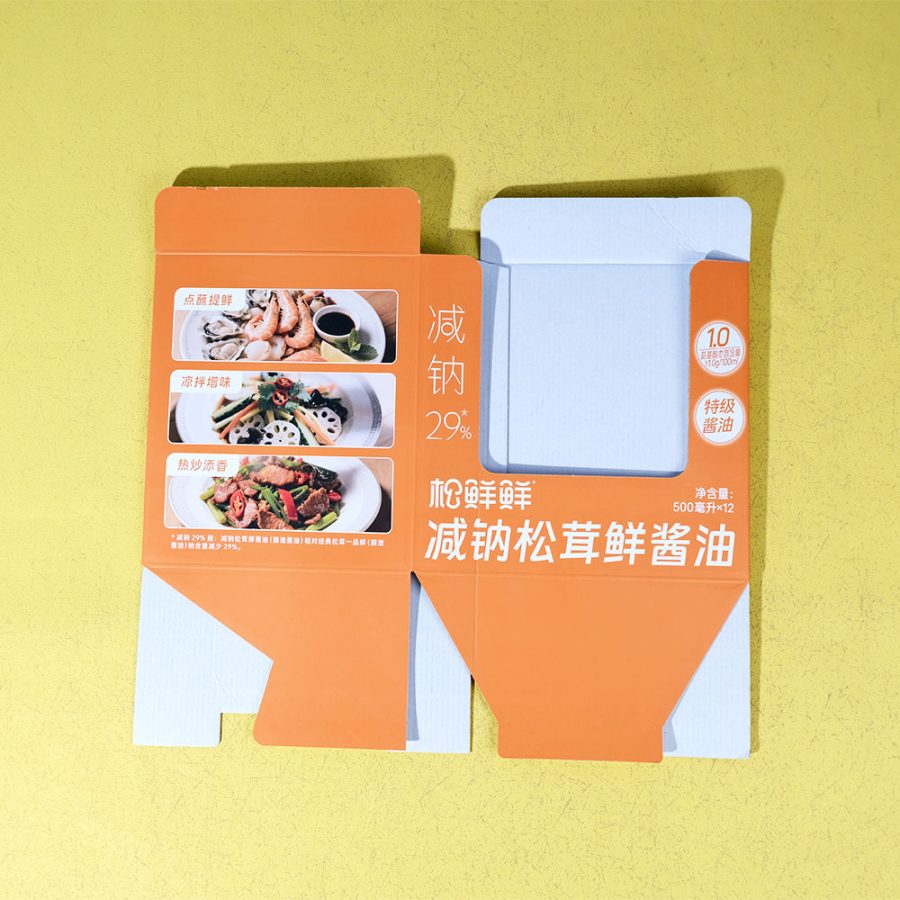Navigating Packaging Regulations for International Shipping: A Complete Guide for Exporters
In today’s global marketplace, the success of international trade heavily depends on how well your product is packaged. Beyond protecting the goods, packaging must comply with a maze of international regulations. Whether you're shipping electronics, cosmetics, machinery, or consumer goods, understanding packaging laws can mean the difference between smooth customs clearance and costly delays.
In this guide, Wuxi Box Printing Technology walks you through the key regulations and best practices for export packaging.
1. Why Packaging Regulations Matter
☆ Improper packaging can result in:
☆ Product damage during transit
☆ Rejection at customs
☆ Fines or re-labeling costs
☆ Brand reputation damage
To avoid these issues, exporters must ensure that their packaging complies with the destination country’s regulations, international shipping standards, and environmental laws.
2. Key Packaging Regulations to Know
ISPM 15 for Wooden Packaging
The International Standards for Phytosanitary Measures No. 15 (ISPM 15) applies to wooden packaging like pallets or crates. Wood must be:
☆ Heat-treated or fumigated
☆ Stamped with the IPPC mark
☆ Non-compliance may lead to product rejection or mandatory re-packaging at the port.
Labeling Requirements

Different countries mandate specific labeling formats:
☆ Language: Some require local language (e.g., Arabic in the Middle East)
☆ Symbols: Fragile, recyclable, hazardous, etc.
☆ Product Details: Weight, origin, handling instructions
Material Restrictions
Many regions have banned or limited the use of:
☆ Non-recyclable plastics
☆ Certain dyes and inks
☆ Styrofoam or non-biodegradable fillers
Example: The European Union’s Packaging and Packaging Waste Directive limits heavy metals and promotes recyclable materials.
3. Best Practices for Export Packaging
✅ Use Compliant Materials
Opt for corrugated boxes, eco-friendly inks, and biodegradable padding. Ask your packaging provider (like Wuxi Box Printing Technology) for certifications.
✅ Ensure Clear & Durable Labeling
Labels should be waterproof, UV-resistant, and legible throughout the shipping process.
✅ Customize for Destination & Mode of Transport
Air, sea, and land freight each have unique requirements. For example:
☆ Sea freight requires moisture-resistant packaging.
☆ Air freight favors lightweight materials.
✅ Include Documentation Inside & Outside
Always include:
☆ Commercial invoice
☆ Packing list
☆ Certificates of origin
☆ Regulatory compliance documents (if needed)
4. Country-Specific Packaging Examples
Country Key Requirements
USA Must meet FDA and OSHA labeling standards
EU Strict environmental laws and language-specific labeling
Japan High focus on presentation and multi-layer packaging
Australia Must comply with ISPM 15 and recyclable material use
5. How Wuxi Box Printing Technology Can Help

As a trusted provider of custom packaging solutions, Wuxi Box Printing Technology ensures that your export boxes:
☆ Meet international compliance standards
☆ Are designed for durability and brand impact
☆ Use eco-friendly and approved materials
☆ Include logistics-friendly design features (stackable, tamper-evident, etc.)
We work closely with exporters across industries to design packaging that not only protects your product but also ensures it moves smoothly through customs and logistics channels.
Conclusion
Navigating international packaging regulations may seem complex, but with the right knowledge and a reliable packaging partner, it’s entirely manageable. Prioritize compliance, clarity, and quality — and you’ll be one step closer to global market success.







